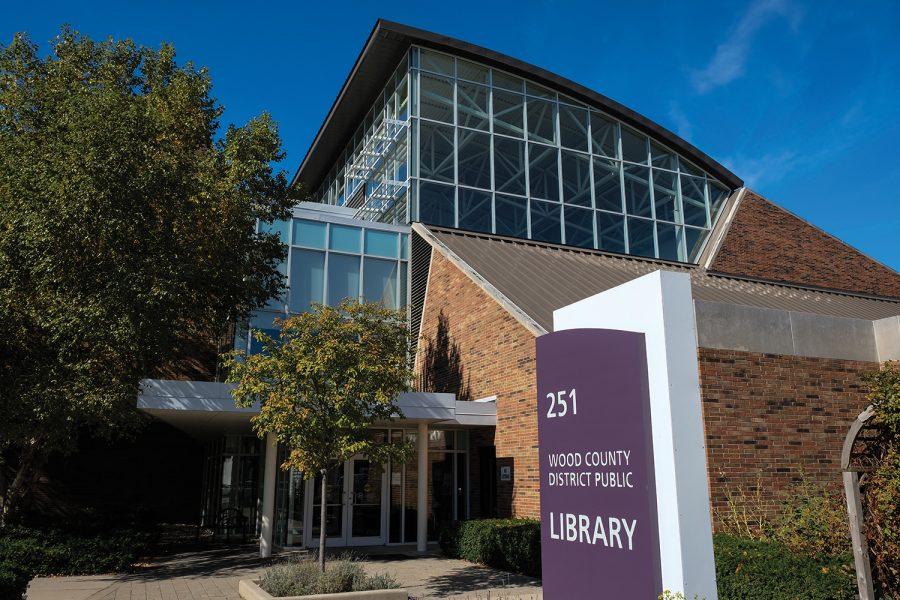Most college students understand that college tuition can be expensive, but where does all that money go?
“When I first came to BG I knew that there were costs such as fees and tuition but I didn’t necessarily understand how the money was allocated,” said David Neely, vice president of Undergraduate Student Government and accounting major. “I assumed the tuition was for course instruction and paying salaries of professors.”
According to the Board of Trustees proposed budget for fiscal year 2014, the total tuition and fees charged to a full time, in-state undergraduate would be $5,295.
This total includes student fees and general fees, and each is allocated differently.
“I think tuition goes to teachers salaries and to better the school,” sophomore Travis Robertson said.
Student fees are another term for tuition while general fees are used for non-academic services such as campus activities, athletics and organizations.
According to the General Fees and Related Auxiliary Budget, students will pay $747 in general fees for the 2014 calender year.
The two combined are the largest source of revenue for the University, earning 71.1 percent of all revenue. Ohio provides 23 percent of funding for the University, leaving 4.9 percent to come from other income.
The bulk of general fees, 55 percent or $410, goes to intercollegiate athletics. While 21 percent goes to pay the University’s debt and 8 percent goes to recreational sports. Other notable allocations are to the Union programs, campus activities, student media, shuttle service, health center and the marching band.
“I feel that it is extrememly important for general fees to go to all of these things because each play their own role in the BG experience,” Neely said. “Without athletic events, student programming or useful buildings, it would make it nearly impossible to meet new people and have an amazing experience at BG.”
All the money the University recieves from the state, tuition and general fees and other income is expected to amount to $280,521,158 for the 2014 fiscal year and it’s all budgeted to be expensed.
“Keep in mind enrollment and tuition affect our revenue,” said Sheri Stoll, chief finacial officer.
The money from tuition is divided into faculty and staff salaries, maintenance and utilities. Salaries and benefits are 58 percent of where tuition goes. One percent goes to maintenance, 4 percent goes to utilities, 15 percent are for fee waivers and scholarships and 6 percent goes to equipment, library, consulting and the rest goes to other miscellaneous expenses.
“As long as the money goes to something that the majority of students use, I’m okay with it,” sophomore Anna Ponx said.
The University has been receiving less and less state funding every year. For 2014, the University is expecting to receive $64,391,394 from the state, whereas in 2009 it received more than 88 million.
“That’s a big shift,” said Senior Communications Director David Kielmeyer. “The reality is if your parents went to college it was subsidized more than yours.”
In the mid-80s, the University was receiving almost 55 percent of its income from the state, Keilmeyer said.
“It’s just reality,” Keilmeyer said. “Not a criticism, it’s just the way the numbers are.”
Within the past decade, the University has constructed several new buildings including the Union, the Wolfe Center, Centennial and Falcon Heights.
“When the University builds, they don’t pay out of the operating budget,” Stoll said. “It saves money in a ‘savings account’ and issues bonds. It’s similar to a mortgage.”
Money owed on the Union alone is $2,658,281. With each student’s general fees at $747, $35 of that goes to debt allocation.
“I also hope that if students are made more aware of where their dollars go,” Neely said, “that they will be more inclined to attend University events.”













